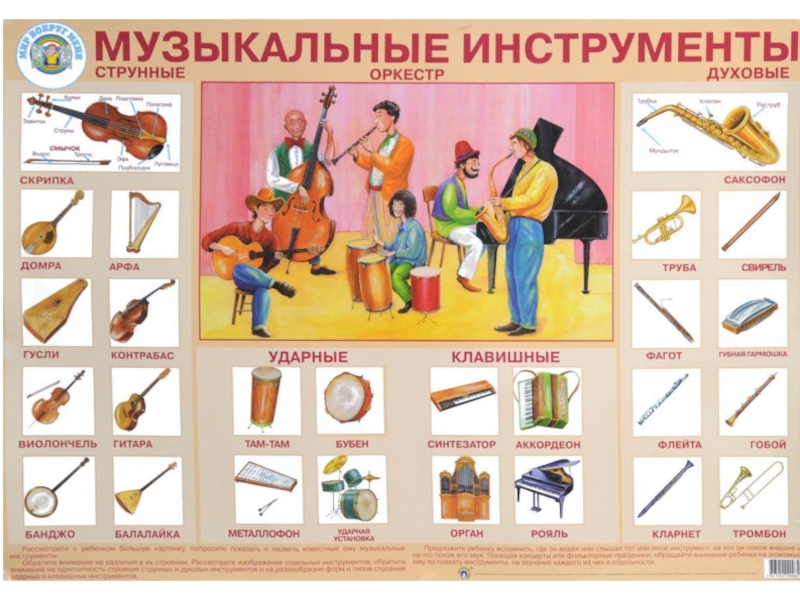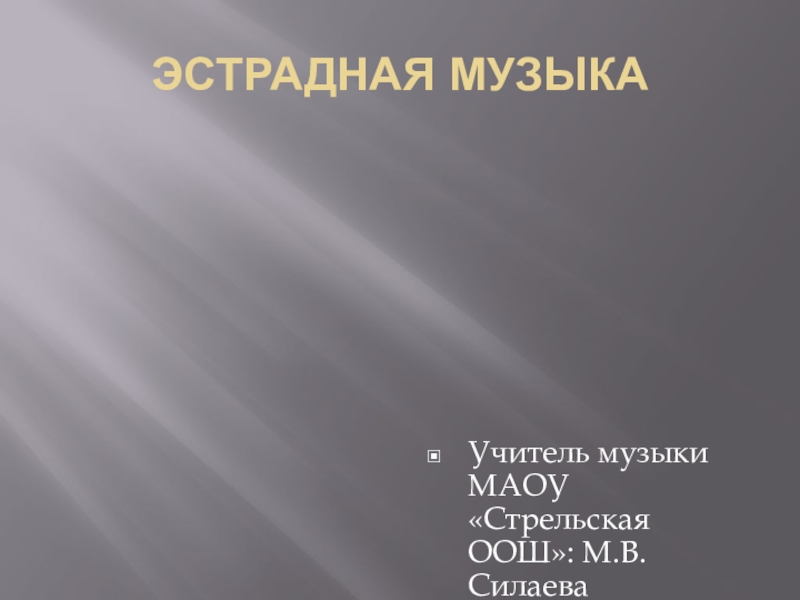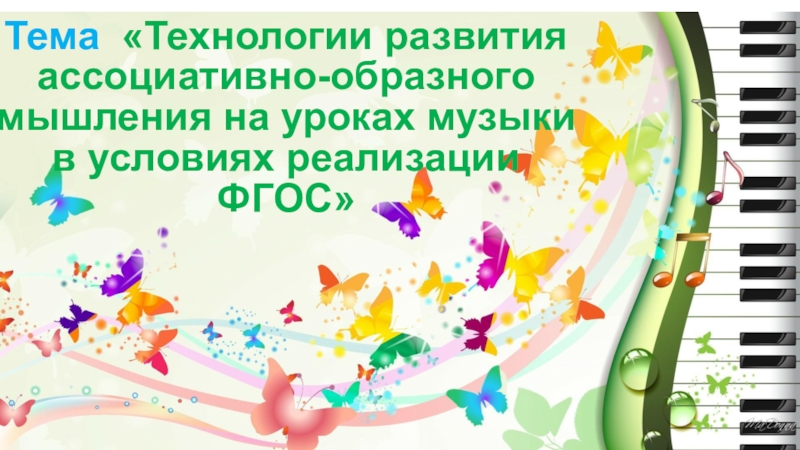- Главная
- Разное
- Образование
- Спорт
- Естествознание
- Природоведение
- Религиоведение
- Французский язык
- Черчение
- Английский язык
- Астрономия
- Алгебра
- Биология
- География
- Геометрия
- Детские презентации
- Информатика
- История
- Литература
- Математика
- Музыка
- МХК
- Немецкий язык
- ОБЖ
- Обществознание
- Окружающий мир
- Педагогика
- Русский язык
- Технология
- Физика
- Философия
- Химия
- Шаблоны, фоны, картинки для презентаций
- Экология
- Экономика
Презентация, доклад по музыке на английском языке, на тему: Kui
Содержание
- 1. Презентация по музыке на английском языке, на тему: Kui
- 2. From the geographical point of view
- 3. In tokpe tradition are performed music of
- 4. Shertpe is belong to Arka(central, northern, eastern
- 5. That every well-known figure , gifted
- 6. First, it is school of Kurmangazi(grandfather of
- 7. Third school is founded by Kazangap. His
- 8. Fourth School is devoted to original instrumental
- 9. Fifth school is the tradition of Arka.
- 10. Sixth school is Eastern Kazakhstan. Instrumental
From the geographical point of view and traditional similarities they are divided into several cultural areas. According to this traditional schools are in following territories : West, Arka and Zhetisu. Such kind of dividing are
Слайд 2 From the geographical point of view and traditional similarities they
are divided into several cultural areas. According to this traditional schools are in following territories : West, Arka and Zhetisu. Such kind of dividing are because of art of kui is divided into 2 big traditions according to. In performance style they are called tokpe and shertpe.
Слайд 3In tokpe tradition are performed music of West region which are
strong and burst in Arka. In tokpe tradition are peformed music of west region which are strong , The term “tokpe” came out from the word “togu” (to spill).,i.e to play with enormous power.
Слайд 4Shertpe is belong to Arka(central, northern, eastern Kazakhstan regions), Zhetisu, Southern
or Karatau regions’ schools. The kuis of this tradition are calm in stress and full of mystery ideas and deep thoughts
Слайд 5 That every well-known figure , gifted musician can be the
head of the whole stream, direction or a new schools as it had done Kurmangazi, Tattimbet, Kazangap, Dauletkerei, Sugir. There are 8 dombyra traditional schools:
Слайд 6First, it is school of Kurmangazi(grandfather of kui) and his follower(grandmother
of kui). This is tradition of western Kazakhstan. Creative work of Kurmangazi presents obvious features of innovation and style of Western Kazakhstan traditional kui tokpe. His famous kuis as “Aman bol sheshem aman bol”, “Kairan sheshem”, “Kisen ashkan” and others have autobiographical character. Kuis “Saryarka”, “Adai”, “Balbiraun” reflected powerful movement of collective life and soul of people; they became musical symbols of Kazakhstan. The main pecularity of kuis of Kurmangazi are energy, dynamics and powerful gust.
Слайд 7Third school is founded by Kazangap. His legacy in a great
volume takes great stand in Kazakh classical instrumental music of 19, th 20th centuries. It is considered that exactly Kazangap performed all sixty-two “Akzhelens”. Akzhelen is a designation of instrumental piece of genre.
Слайд 8Fourth School is devoted to original instrumental tradition of Western Kazakhstan,
tradition of Mangistau. It is characterized by high level of instrumentalism development and considerable peforming and creative pecularity. Names of Mangistau composers Abyl, Esbai, Esir, Kulshar, Oskenbai and Murat Uskenbayev are well-known to the world of Kazakh instrumental music.
Слайд 9Fifth school is the tradition of Arka. Arka is large region
in the centre of Kazakhstan. A central figure of instrumental tradition of Arka is Tattimbet. A legendary appearance of him is founded not only due to several dozens of his brilliant kuis, but also traditions and original historical information. Lyrical music of Tattimbet kuis generalizes at high levels human emotions and spiritual experience. His kuis “Kosbasar”, “Sari Zhailau”, “Bilkildak”, “Silkildak”, “Bestore” took natural place of classic of Kazakh musical culture.
Слайд 10 Sixth school is Eastern Kazakhstan. Instrumental tradition of Eastern Kazakhstan
is broad and little studied in musical relation region is reach and varied. The form and structure of this region’s kuis reflect an ancient basis of musical creature a sound system of natural structure. We can say that Baizhigit’s school of kui is leader among kuishies in the East Kazakhstan. There are a lot of old tunes in his kuis.
Seventh school is devoted to an instrumental tradition of Zhetisu. For this tradition absolutely represents an interesting and rich regional instrumental style, it has not yet got a proper fame and recognition. The tradition of Zhetisu is closely connected with the tradition of Eastern Kazakhstan and culture of Kazakhs, who live in China and Mongolia.
The eighth school is instrumental tradition of Karatau region. This instrumental tradition shertpe, without doubt, successfully connected with the tradition of Arka, heritage of Tattimbet, Toka and Dairabai. According to site a central figure of this tradition is Sugur, brilliant musician, who left a deep trace in the history of Kazakh instrumental tradition.
In conclusion, each of these traditional schools is like big, unreachable ocean where a great musical heritage is.
Seventh school is devoted to an instrumental tradition of Zhetisu. For this tradition absolutely represents an interesting and rich regional instrumental style, it has not yet got a proper fame and recognition. The tradition of Zhetisu is closely connected with the tradition of Eastern Kazakhstan and culture of Kazakhs, who live in China and Mongolia.
The eighth school is instrumental tradition of Karatau region. This instrumental tradition shertpe, without doubt, successfully connected with the tradition of Arka, heritage of Tattimbet, Toka and Dairabai. According to site a central figure of this tradition is Sugur, brilliant musician, who left a deep trace in the history of Kazakh instrumental tradition.
In conclusion, each of these traditional schools is like big, unreachable ocean where a great musical heritage is.















